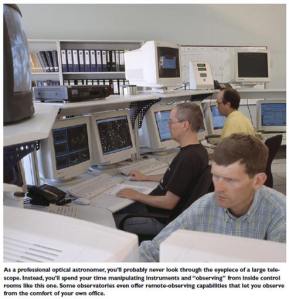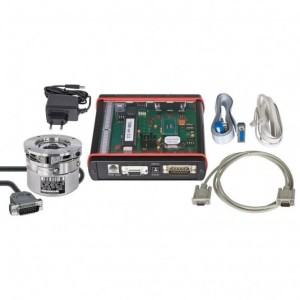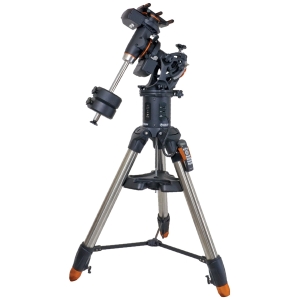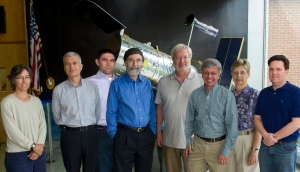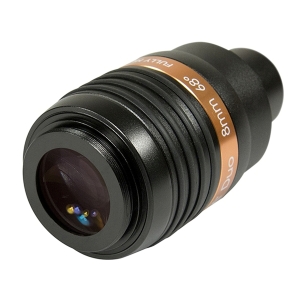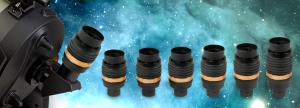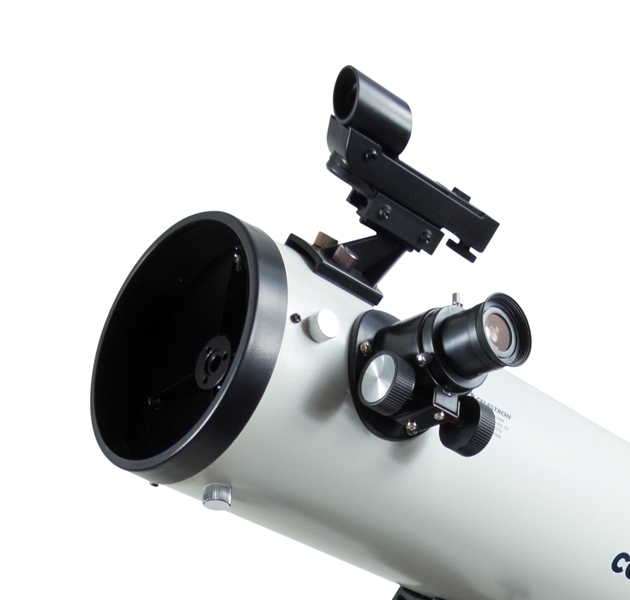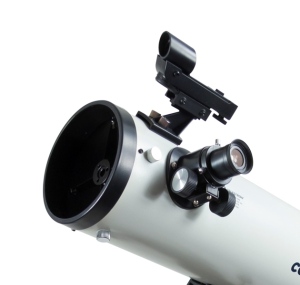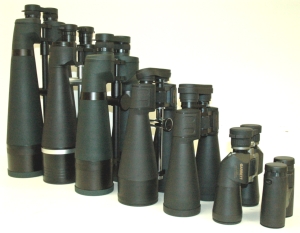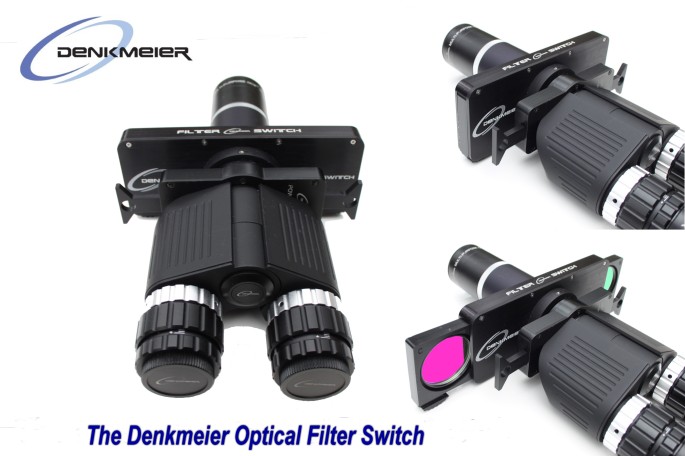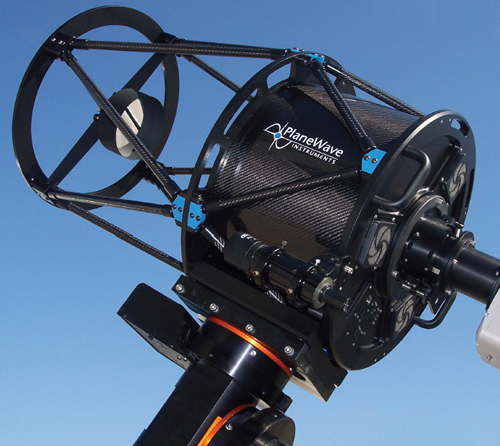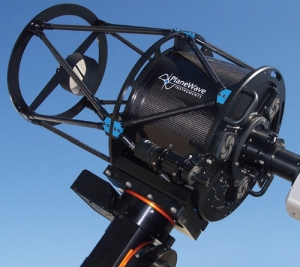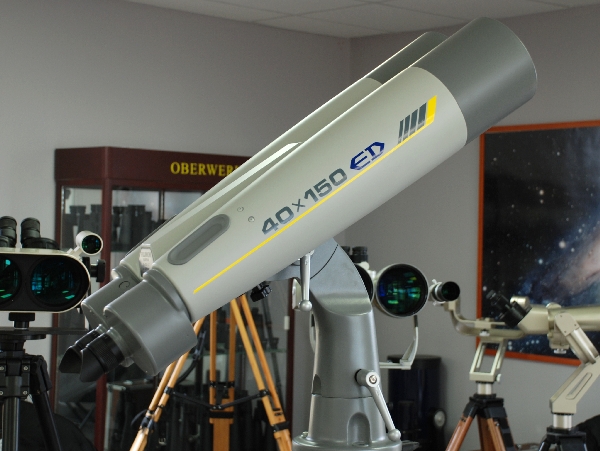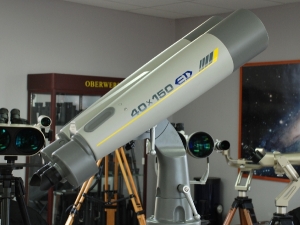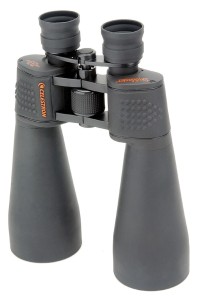Who are we?

We all experience things differently, but we each witness wondrous things and gain knowledge about ourselves and the bigger universe we live in during our journey.
What does skywatcher or astronomer mean to you? People viewing the night sky and contemplating the meaning of the universe. We have created distinct categories that are listed below.
What kind of sky watcher or astronomer are you?
The professional
The professional skywatcher or astronomer earns a significant portion of their income from working in astronomy. They either teach the science in college or university or do space science research on a daily basis. Modern researchers work in individual science specialties like archaeoastronomy and astrometry, or on teams of space scientists planning current and future space missions and designing and engineering the latest spacecraft.
The amateur telescope maker and gadgeteer
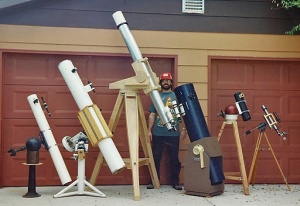
This breed of skywatcher once composed a large percentage of astronomy hobbyists. They build amazing telescopes from scratch, grind mirrors, and haul their spaceship-to-the-stars to local star parties. Hands-on amateurs and inventive innovators, many are first time users and adopters of new astronomy technology. The amateur telescope maker and gadgeteer enjoy looking at telescopes as much as through one.
The amateur specialist astronomer

Located millions of light years away from Earth, the star-studded patterns fill the night sky with an array of colors, from purples and pinks to blues and oranges.
Photographer Terry Hancock captured the images using a specialist astronomy camera attached to a telescope, from the comfort of his home in Fremont, Michigan.
Amateur specialist skywatchers love to observe variable stars, track satellites across the sky, and spend days, weeks and even months hunting for comets. They provide useful scientific data that contributes to our understanding of the universe and enables the human journey to the stars.
The backyard skywatcher or astronomer
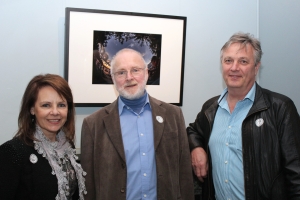
The backyard skywatcher thinks space is cool and many are quite knowledgeable concerning the latest astronomy news or book. They enjoy reading about space science and astronomy and a percentage own their own telescope.
The beginner skywatcher

The beginner can be of any age group and just joined the human journey to the beginning of space and time. They often come to the adventure with a relatively clean slate, so find everything exciting.
The astronomy photographer

Often a photographic artist of the highest ability, the astronomy photographer creates and shares astronomy photography techniques and stunning images of the cosmos. Having a vast array of astronomy photography skills and amazing patience, they often leave us sitting back and enjoying their work.
The science fiction fanatic

The science fiction fanatic loves astronomy because of concepts like wormholes, folding space, multiverses, and tachyons. Constantly looking for a door to another dimension or the next universe, they’re more at home in Star Trek, than the real human journey to the stars.
The space travel and planet colonization advocate
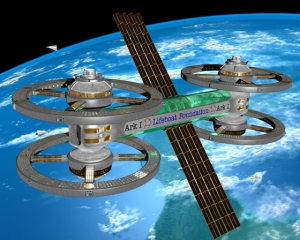
Often a romantic soul, the space travel, and planet colonization advocate can be a member of The Planetary Society and wants to colonize other worlds. They’re currently pushing for the colonization of Mars, traveling to nearby asteroids and the jovian moons, and actively push for funding for the human journey to the beginning of space and time.
The space nut or visionary

The space nut or visionary sends in letters ‘disproving’ relativity or offering a brilliant alternative theory. Often they believe NASA is covering up an eminent and world-ending asteroid strike and provide detailed math and physics to back up their claims. Convinced they know something the rest of us don’t, some could be right.
The imprisoned skywatcher
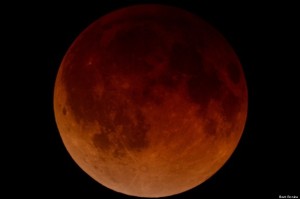
The imprisoned skywatcher has developed a deep curiosity about astronomy but lives in a light-polluted region of the world. They read all they can about space science and the human journey to the stars, but can’t enjoy the journey as they should.
The astronomy zealot

The astronomy zealot looks at the “Big Picture” and the most outrageous models of the human journey to the beginning of space and time. Throw them a string theory or multiverse hypothesis and they swallow it whole. They’re cerebral, speculative and open-minded to anything, and often prefer a novel possibility over hard fact.
The spouses and friends

Spouses get invited to attend star parties, astronomy talks, and sightseeing tours through the solar system and beyond. Only partly enjoying and understanding the process and events, they learn to enjoy these moments, or just put up with it.
The Star Followers
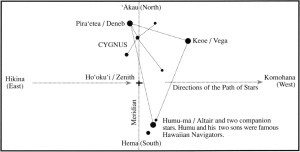
Star navigators are mostly pilots, adventurers, and yachtsmen using the night sky to navigate the globe because they enjoy the hands on feeling of adventure in the ancient art of celestial navigation.
Following their passion and desire to explore, they’re the astronauts of the future, the true adventurers at the forefront of the human exploration of the solar system and beyond.
The enthusiastic human with no idea
The enthusiastic human with no idea about the human journey to the beginning of space and time is the majority of the human race. Unable to name or pinpoint the brightest star in the night sky, or the most common element in the universe, the cosmos just isn’t that interesting to them, so far.
No matter what kind of sky watcher or astronomer you’re, the wonder and mystery of the cosmos can create a passion to answers questions deep within the heart.
Questions generations of sky watchers and astronomers spent thousands of years looking up into the night sky trying to answer. Answers we have designed and engineered amazing spacecraft and telescopes to find during the modern age of space travel and astronomy we live today.
Welcome to the human journey to the beginning of space and time!
Warren Wong
Editor and Chief
The human journey to the beginning of space and time
Read about the NExSS Coalition’s Search for Extraterrestrial Life.
Learn more about NASA’s search for ultra-light materials to help enable the human journey to Mars and beyond.
Learn how to calculate the orbit of asteroids in the Main Asteroid Belt.


